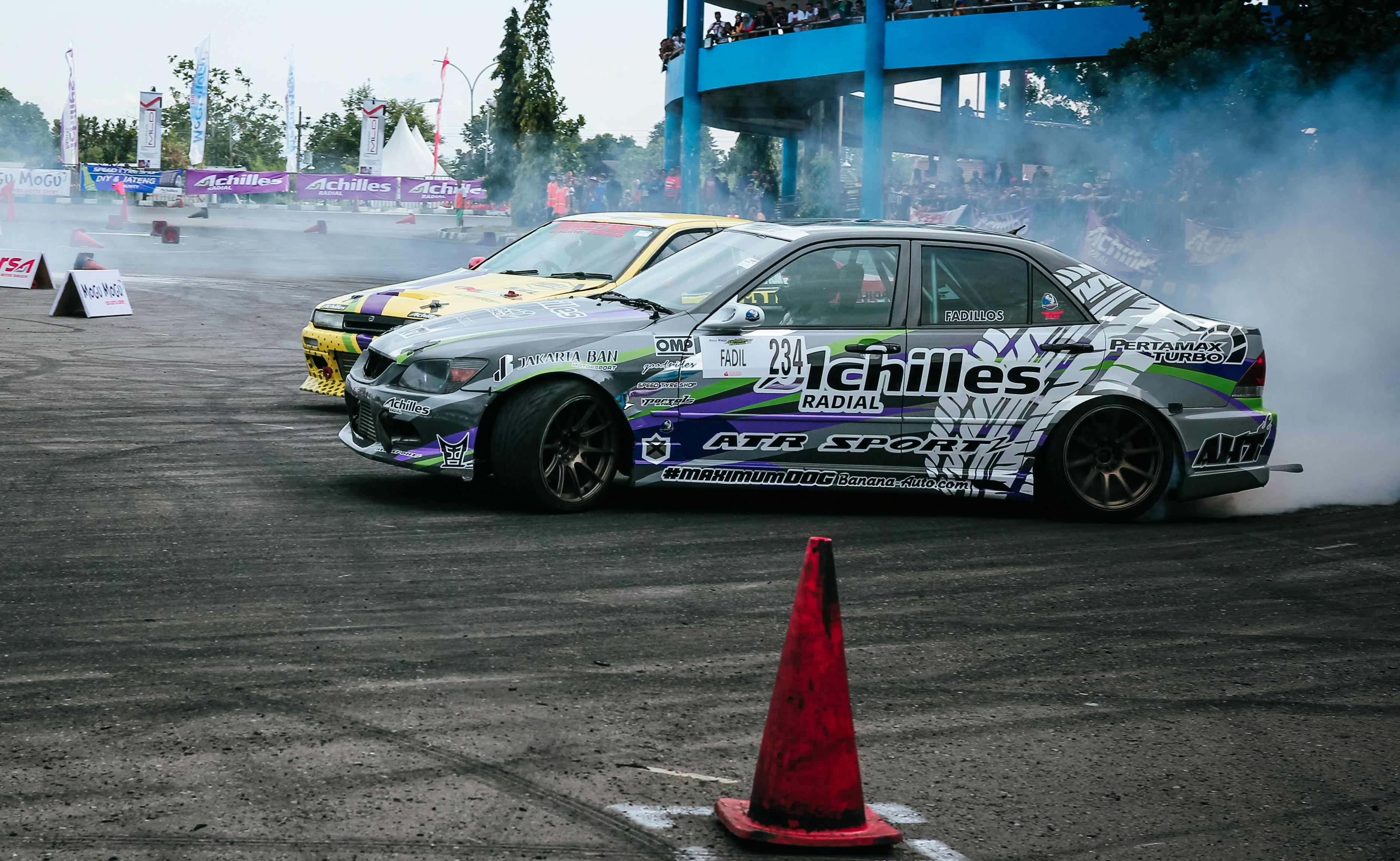In our country, circumcision is not performed solely for medical purposes. Circumcision has been part of our cultural norm; that every child is expected to go through in their puberty years. Oddly enough? Not so in our country. You see, circumcision has been a ritual, a rite of passage if you can, that boys have to go through during that stage of life. It is a cultural belief in the Philippines that the transition from boy to man is not fully accomplished without circumcision.
Failure to submit to this traditional Filipino custom will most likely result in ridicule and ridicule from your peers and family members. Those who have not yet been circumcised will be called subject (intact foreskin) and will be looked down upon by those who are done with the procedure. If one makes it to high school uncircumcised, they will be considered weird and abnormal. Those who reach early adulthood without being circumcised are considered “old” for the procedure. If one does not have a thorough understanding and knowledge of Filipino culture, this would be considered a low form of bullying.
SEASON OF CIRCUMCISION
In the Philippines, there is the so-called circumcision season and these are the months of April to May, or the summer months. These months are when the children are on school holidays; thus, after circumcision, boys can rest at home without having to miss school during the healing process. It is during these months when “Operation Tuli” (mass circumcision) is carried out in different hospitals and health clinics. Hundreds of crying, screaming and fainting children would line up to undergo this procedure.
THE PHILIPPINE COURTS
Circumcision in the Philippines is performed in two ways: surgical circumcision and traditional circumcision or “Pukpok” (vigorous blow or hammer).
surgical circumcision
The newest, most modern and universally accepted method is surgical circumcision. Surgical circumcision is favored by those who live in urban areas where hospitals and clinics are more accessible. It is the circumcision of choice for urban people who are more modernized and have been educated enough about this type of circumcision.
There are two techniques used for surgical circumcision: the dorsal incision and the sleeve techniques. The dorsal incision is the technique of choice for those with conditions such as phimosis (tight foreskin) and paraphimosis (non-retractable foreskin). The foreskin is retracted over the glans before circumcision. A vertical cut is made down the center of the foreskin. The slit is made to the base of the crown of the penis and the skin is excised. Multiple stitches are followed using absorbable sutures. Of course, all of these are done after injection of a local anesthetic. This technique was the one used in those days when I attended circumcisions.
The sleeve technique, on the other hand, presents a more aesthetically pleasing penis. Circular cuts are made on the shaft of the penis, revealing a space. The remaining foreskin is then pulled together and sutured. This technique is said to be more complex than the dorsal incision technique. This method is suitable for older children and adults.
Traditional Circumcision or “Pukpok”
This method has caused some controversy over the years due to the nature of the procedure itself. Many have argued that traditional circumcision or “pukpok” is a form of genital mutilation and abuse. This method is performed in the very rural areas of the country.
Boys lined up to go to the local “circumciser” for this traditional circumcision or “puk pukThis procedure is favored near a river, lake or sea because boys will be asked to submerge half of their bodies (from the waist down) in the water to soften the skin of the penis before going through operating room You will also be asked to chew guava leaves for later use. lukawaA razor (labaha) is then placed on the foreskin. The foreskin comes off after a few quick hammer blows. The child is then asked to spit the chewed guava leaves onto the wound to control bleeding.
I am not sure if this method is still practiced to this day, although there have been reports that it is still practiced.
PHILIPPINE MYTHS OF CIRCUMCISION
It will make a higher one: Most of those who get circumcised grow taller and the reason for this is that those who get circumcised are the boys who are in their growth spurt. These are children in the age groups 10-16. They are at the stage where physical changes such as a rapid increase in height occur. Circumcision has nothing to do with it.
Will make a bigger penis: Circumcision is subtraction and not addition. Part of a penis is removed. It will actually do the opposite if it is not done successfully. So no, there is no solid fact that circumcision can make the penis bigger.
The uncircumcised will have a hard time getting someone pregnant: Many factors (sperm and structural abnormalities, genetic disorders, etc.) are involved in not getting a person pregnant, except for not being circumcised.
YOU ARE THE MAN!
“Binata ka na!” (Now you’re a man!), are the first words you would normally hear after the procedure is complete. After the healing is complete and the boy is free of all physical pain caused by the procedure, he will walk upright with a smug look on his face about becoming a whole new man.
Whether it is an ancient tradition or not, circumcision is an option, unless it is medically indicated. It is a choice of the one to be circumcised and not simply what one’s culture dictates. Boys must first be informed about the advantages and disadvantages of circumcision. Those who choose not to accept it should never be laughed at. Finally, traditional circumcision or “pukpok” must be eradicated… completely! The practice is not only unsafe, sterile and brutal, but it can also psychologically harm children.
